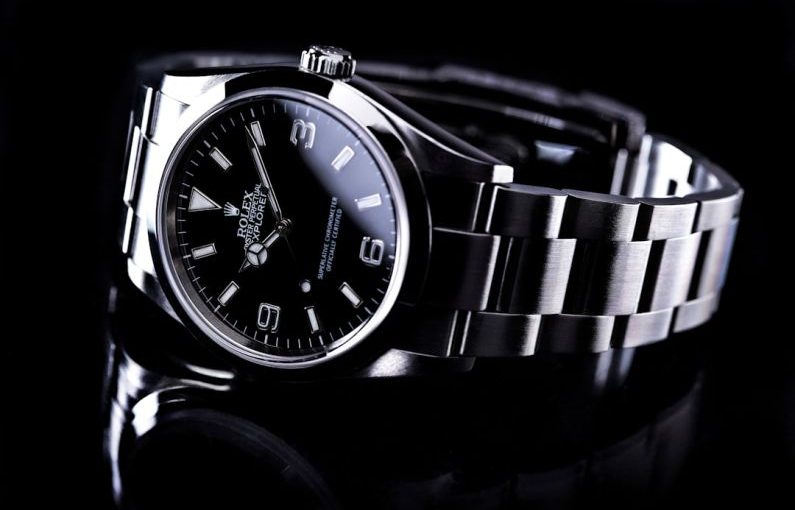When it comes to luxury watches, Rolex has long been considered the pinnacle of quality and prestige. However, in recent years, another Swiss watchmaker, Omega, has been gaining ground and challenging Rolex’s dominance in the market. With both brands offering exceptional craftsmanship and heritage, the debate over whether Omega can rival Rolex in quality has become a hot topic among watch enthusiasts. Let’s delve deeper into the comparison between these two iconic brands to see if Omega truly stands a chance at dethroning Rolex as the king of luxury watches.
Craftsmanship and Heritage
Both Omega and Rolex boast a rich history of watchmaking excellence that spans over a century. Rolex, founded in 1905, has built a reputation for producing timepieces that are not only stylish but also incredibly accurate and reliable. The brand’s commitment to quality is evident in every aspect of its watches, from the precision of its movements to the durability of its materials. Similarly, Omega, founded in 1848, has a long-standing tradition of craftsmanship and innovation. The brand’s pioneering spirit is exemplified by its role as the official timekeeper of the Olympic Games and its association with NASA, having been the first watch worn on the moon during the Apollo 11 mission.
In terms of heritage, both Omega and Rolex have iconic models that have stood the test of time. Rolex’s Submariner, Daytona, and Datejust are among the most recognized and coveted watches in the world, with a timeless design that has remained virtually unchanged for decades. Omega, on the other hand, is known for its Seamaster, Speedmaster, and Constellation collections, each with its own unique appeal and history. While Rolex may have the edge in terms of brand recognition, Omega’s storied past and continued commitment to innovation have solidified its status as a worthy competitor in the luxury watch market.
Quality of Materials and Movements
One of the key factors that determine the quality of a watch is the materials used in its construction. Rolex is renowned for its use of high-quality materials, such as 904L stainless steel, 18k gold, and ceramic, which are not only durable but also resistant to corrosion and scratches. The brand also produces its own in-house movements, which are known for their precision and reliability. Omega, on the other hand, also uses premium materials like stainless steel, gold, and titanium in its watches, along with its proprietary alloys such as Sedna gold and Ceragold. The brand’s Co-Axial movements, developed in collaboration with renowned watchmaker George Daniels, are highly regarded for their accuracy and performance.
While both Rolex and Omega excel in the quality of materials and movements used in their watches, some argue that Omega’s technological advancements give it an edge over Rolex in terms of innovation. Omega’s Co-Axial escapement, for example, reduces friction in the movement, resulting in greater precision and longevity. The brand has also embraced new materials and technologies, such as Liquidmetal and Ceragold, to enhance the performance and aesthetics of its watches. Rolex, on the other hand, has traditionally focused on refining its existing designs and movements rather than introducing radically new innovations.
Price and Value Proposition
Another aspect to consider when comparing Omega and Rolex is the price point of their watches. Rolex watches are typically priced higher than Omega watches, reflecting the brand’s prestigious reputation and luxury positioning. While Rolex watches are considered an investment due to their high resale value and enduring popularity, Omega offers a more accessible entry point into the world of luxury watches. Omega’s diverse range of collections caters to a wider audience, with prices ranging from affordable to high-end luxury.
In terms of value proposition, both Omega and Rolex offer excellent quality and craftsmanship for the price. Rolex’s watches are known for retaining their value over time, making them a popular choice among collectors and enthusiasts. Omega, on the other hand, offers a compelling combination of heritage, innovation, and affordability, making it an attractive option for those looking for a luxury watch without breaking the bank.
Can Omega Rival Rolex in Quality?
In conclusion, while Rolex has long been the standard-bearer for luxury watches, Omega has proven itself to be a formidable competitor with its own unique strengths and qualities. With a rich heritage, innovative technologies, and a diverse range of collections, Omega has positioned itself as a worthy rival to Rolex in terms of quality and craftsmanship. While Rolex may still hold the crown as the ultimate status symbol in the watch world, Omega’s continued growth and innovation suggest that it is well-equipped to challenge Rolex’s supremacy and carve out its own place among the elite luxury watch brands. As watch enthusiasts continue to debate the merits of Omega versus Rolex, one thing is clear – both brands offer exceptional timepieces that are a testament to the enduring art of Swiss watchmaking.





